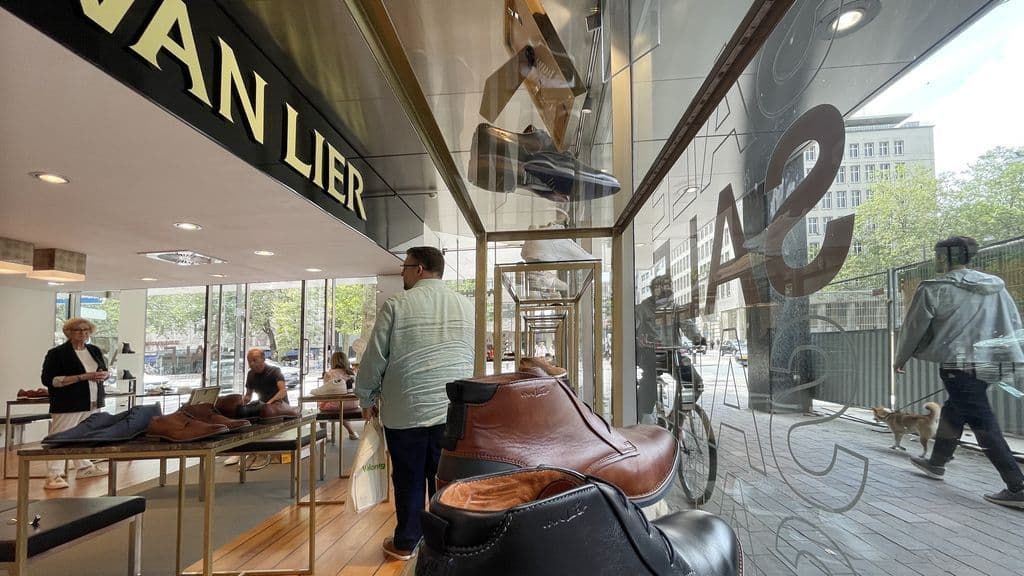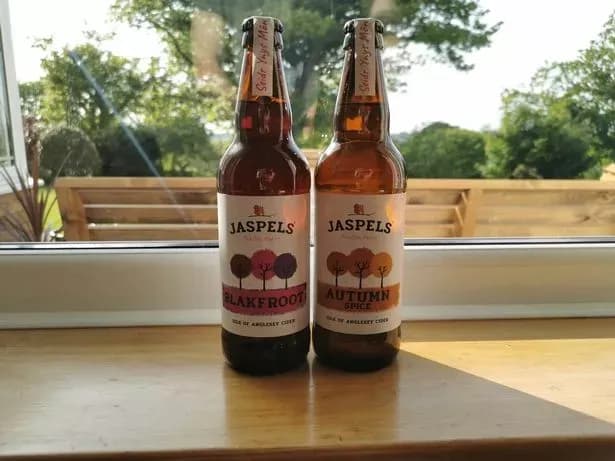Beyond the Aesthetic: When a Logo Becomes a Legacy, and Why We Fight for It
Explore why logos spark fierce loyalty & backlash. Unpack their emotional legacy, cultural weight, and the delicate art of brand evolution vs. identity preservation.

The Silent Promise: How a Logo Whispers Brand Identity
A logo is far more than a mere graphic element; it's a profound, silent promise made by a brand to its audience. It distills an entire narrative, a set of values, and a unique atmosphere into a single, memorable image. Consider the , which, for decades, did more than just mark a restaurant chain; it evoked a distinct sense of Southern-style comfort food, a nostalgic atmosphere, and a particular kind of folksy charm. This iconic image, featuring a man leaning against a barrel, wasn't just a visual cue; it was a shorthand for a cherished experience, a whisper of warm welcomes and familiar tastes. When the company unveiled a new, simplified, text-only logo, the reaction was immediate and fierce. Accusations flew that the brand was 'abandoning its roots,' with critics claiming the change was 'how you destroy a brand.' Shares in the company nosedived by approximately 7%, a stark financial indicator of the deep emotional investment consumers had in that visual identity. The old logo, as branding experts noted, perfectly reflected the 'southern, whimsical atmosphere' of the stores. This intense backlash underscores a fundamental truth: a logo carries the weight of a brand's entire story, and when that story is perceived to be altered or erased, the consequences can be significant.

Decoding the Backlash: When Modernization Meets Memory
The mass consumer outrage that met rebrand wasn't simply a matter of taste; it was a profound clash between corporate modernization efforts and the collective memory embedded in a beloved brand. Companies often seek to refresh their image, perhaps to appeal to new demographics or align with contemporary design trends. Cracker Barrel's attempt to introduce a 'scaled-down modernist theme' and a simplified logo, removing the iconic 'Old Timer,' was likely an effort to appear more current. However, for a brand steeped in nostalgia and tradition, such changes can feel like a betrayal. Customers perceived the new look as a rejection of the 'kitschy Americana aesthetic' they cherished, an abandonment of the very 'brand story' that made Cracker Barrel special. The logo wasn't just a picture; it was a touchstone for countless personal memories—family road trips, comfort meals, and a sense of unchanging familiarity. When weighed in, urging the brand to 'admit a mistake' and return to its old logo, he tapped into a widespread sentiment that this wasn't just a design choice, but an attack on a cultural institution. The eventual reversal, with Cracker Barrel listening to its customers and reinstating the 'Old Timer,' powerfully illustrates that for many brands, the past is not just history; it's a vital, living component of their present identity.

The Cultural Canvas: Logos as Living Artifacts of Our Times
Beyond their commercial function, logos often evolve into living artifacts, reflecting and even shaping the broader cultural landscape. The logo, and indeed the brand itself, became an unexpected focal point in contemporary 'culture wars.' While the initial logo change sparked outrage over perceived abandonment of tradition, the brand's recent history reveals a deeper entanglement with societal values. Cracker Barrel had previously faced scrutiny for actions like pulling 'Duck Dynasty' products or barring a pastor known for homophobic sermons. More recently, its past support for LGBTQ+ causes, including sponsoring Pride parades, unveiling rainbow rocking chairs, and maintaining an LGBTQ+ employee resource group, drew intense criticism from conservative activists. The company's subsequent redirection of its 'Pride page' to a generic 'Culture and Belonging' section further highlighted how a brand's identity, symbolized by its logo, can become a battleground for ideological debates. For many, the 'Old Timer' logo represented a specific, perhaps idealized, vision of Americana. Any perceived shift in the brand's values, whether through design or social stance, was interpreted through this lens, making the logo a highly charged symbol. It demonstrates that a logo doesn't exist in a vacuum; it constantly absorbs and reflects the societal conversations happening around it, becoming a visible marker of evolving cultural narratives.
Crafting the Future: Designing for Resonance, Not Just Recognition
The rebranding saga offers invaluable lessons for any company contemplating a logo evolution: the paramount importance of designing for resonance, not just superficial recognition. As branding experts pointed out, the core mistake was going 'against their brand story.' A logo's power isn't solely in its ability to be instantly identifiable; it's in its capacity to evoke deep emotional connections and align seamlessly with the brand's established narrative. For companies like Cracker Barrel, built on foundations of nostalgia, comfort, and a specific cultural aesthetic, discarding key elements of their visual legacy can be akin to discarding their soul. Modernization, in these cases, shouldn't mean eradication. Instead, it should involve a sensitive, strategic evolution that respects and builds upon the existing equity and emotional attachment. The overwhelming public response, including a nosedive in stock value and widespread criticism, served as a potent reminder that customer feedback, often dismissed as the 'vocal minority,' can be the ultimate arbiter of a rebrand's success. Listening intently to what the logo truly means to its loyal customers, and understanding the 'southern, whimsical atmosphere' it represents, is crucial. The future of logo design isn't about chasing fleeting trends, but about crafting marks that genuinely resonate, maintaining a delicate balance between progress and preservation of a cherished identity.
The Enduring Emblem: Protecting the Soul Behind the Mark
Ultimately, the experience stands as a powerful testament to the enduring power of an emblem and the imperative to protect the soul behind the mark. A logo, particularly for heritage brands, is far more than a corporate signature; it's a repository of collective memory, a symbol of consistent experience, and often, a cherished part of consumers' personal histories. The 'Old Timer' wasn't just a design element; it embodied the promise of 'delicious food, warm welcomes, and the kind of country hospitality that feels like family.' When faced with widespread backlash and the admonition from figures like to 'make Cracker Barrel a WINNER again,' the company wisely chose to reverse course. Their statement, 'Our new logo is going away and our 'Old Timer' will remain,' was a profound acknowledgment of the logo's cultural and emotional weight. It demonstrated that some symbols are so deeply woven into the fabric of customer loyalty and brand identity that their removal is perceived as a profound loss. This saga underscores a critical responsibility for brands: to act as stewards of these powerful cultural artifacts. Protecting the 'soul behind the mark' means understanding that evolution must enhance, not erase, the legacy that has earned a brand its place in the hearts and minds of its audience. The true value of a logo lies not just in its aesthetics, but in its unwavering capacity to connect, evoke, and endure across generations.
Related Articles

The Unlaced Truth: What Van Lier's Subsidiary Collapse Reveals About Heritage Retail's Tightrope Walk

The Unlaced Truth: What Van Lier's Subsidiary Collapse Reveals About Heritage Retail's Tightrope Walk

When the Apple Cart Tilts: The Unseen Pressures on Beloved Craft Cideries

When the Apple Cart Tilts: The Unseen Pressures on Beloved Craft Cideries

The Subtle Rebellion: Rauch's Carton Iced Tea and Our Craving for Zero Friction

The Subtle Rebellion: Rauch's Carton Iced Tea and Our Craving for Zero Friction

Unmasking the Digital Battleground: Mariya Pogrebnyak and the Shifting Sands of Celebrity Loyalty
